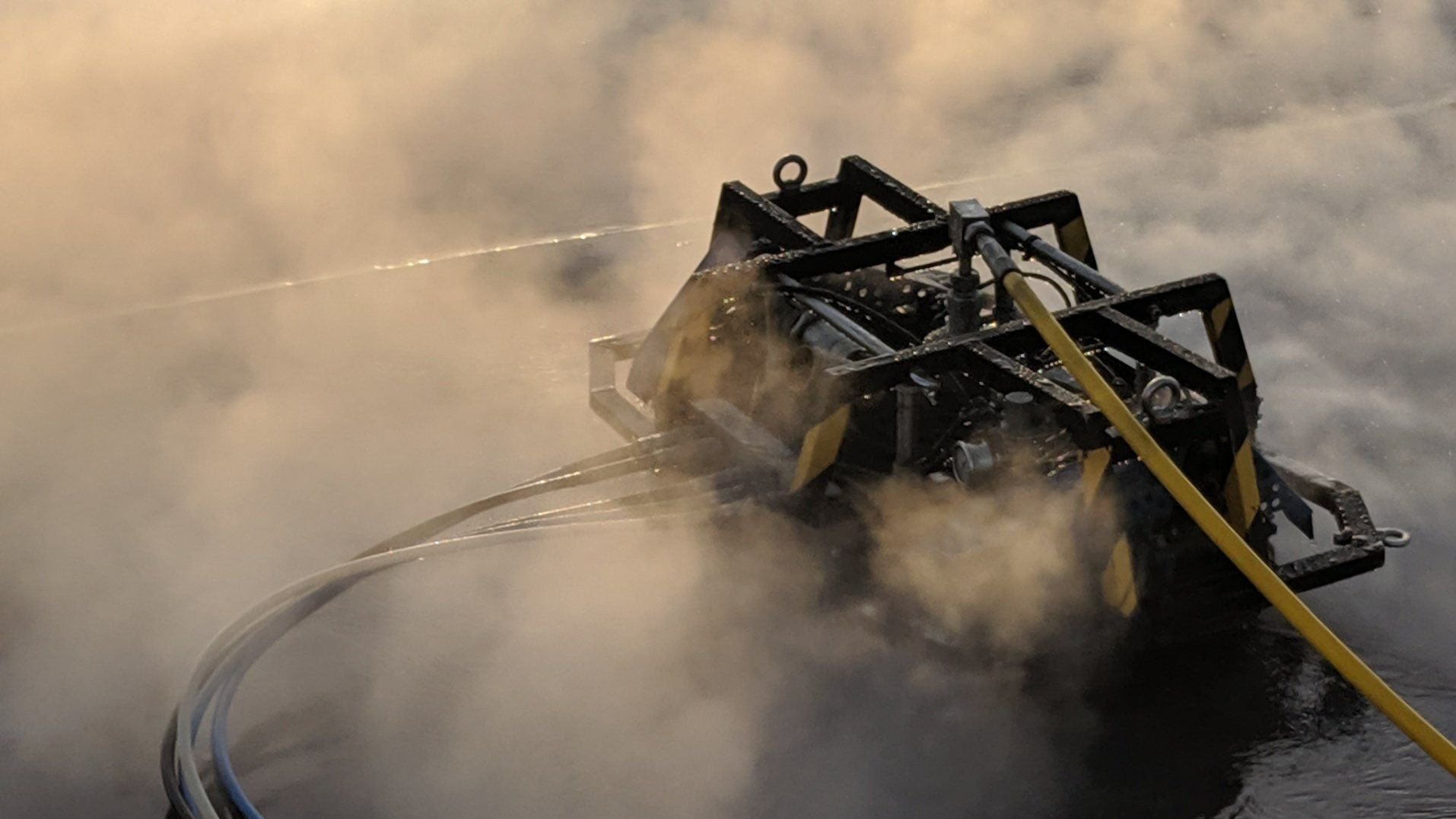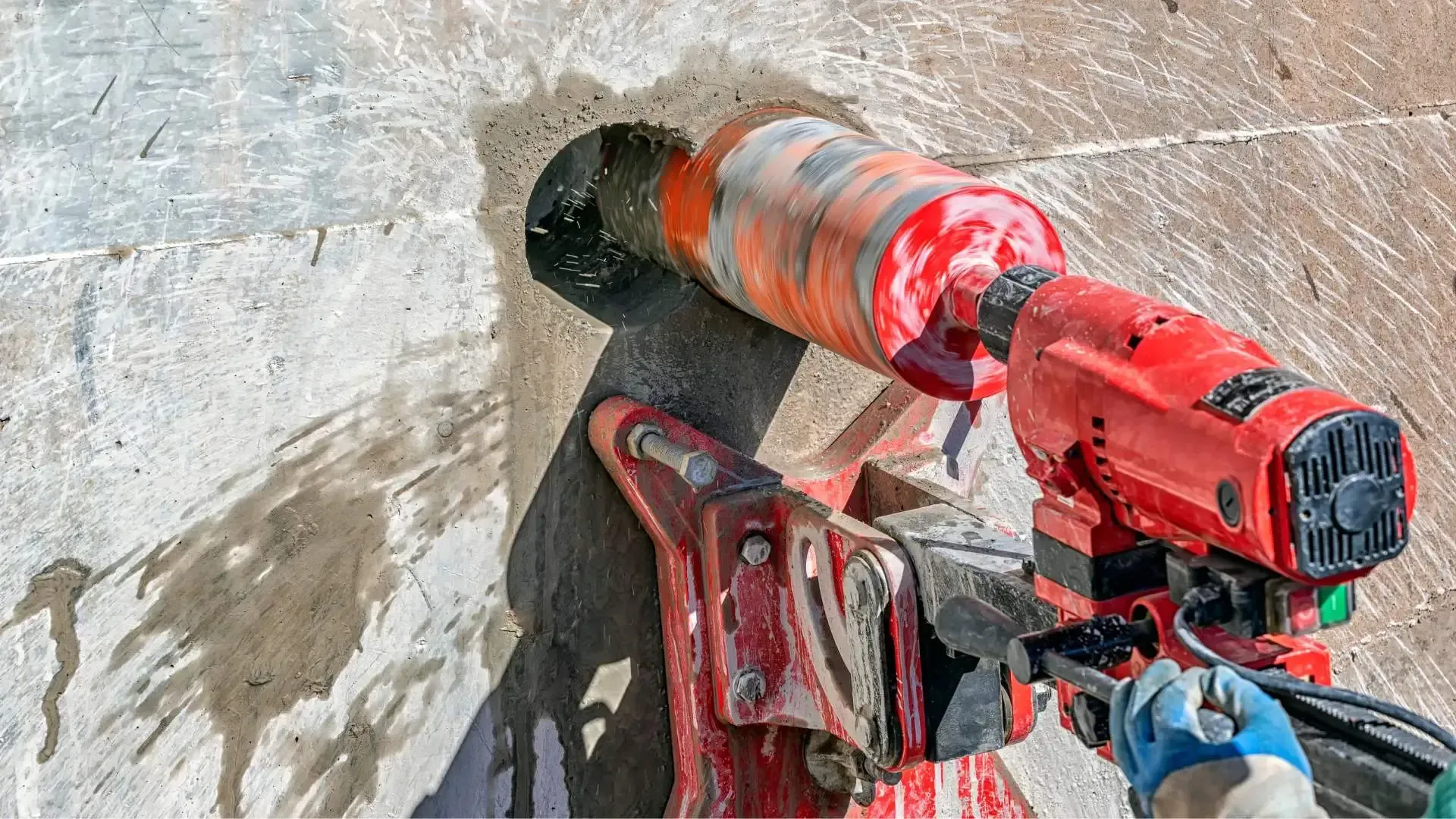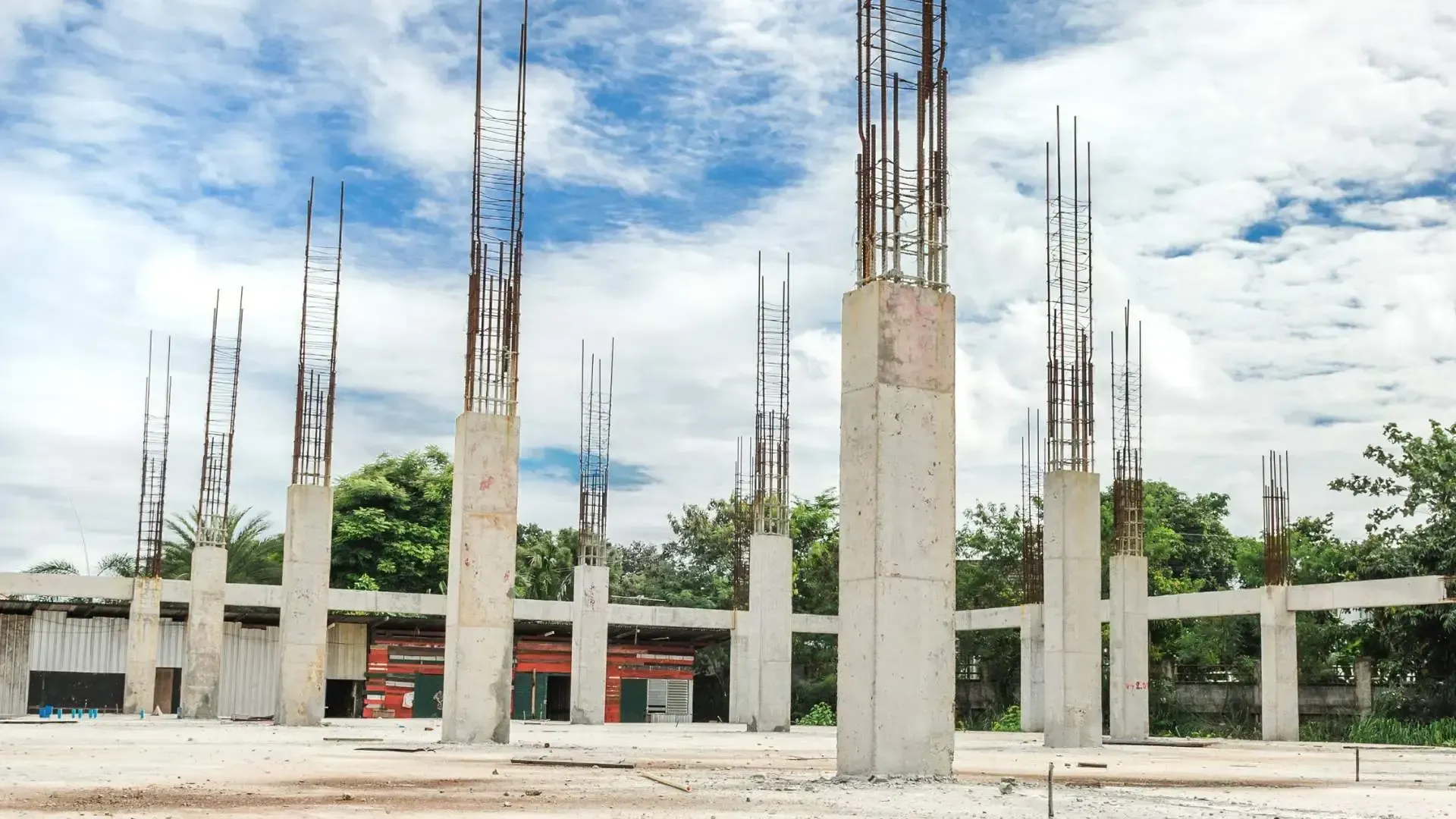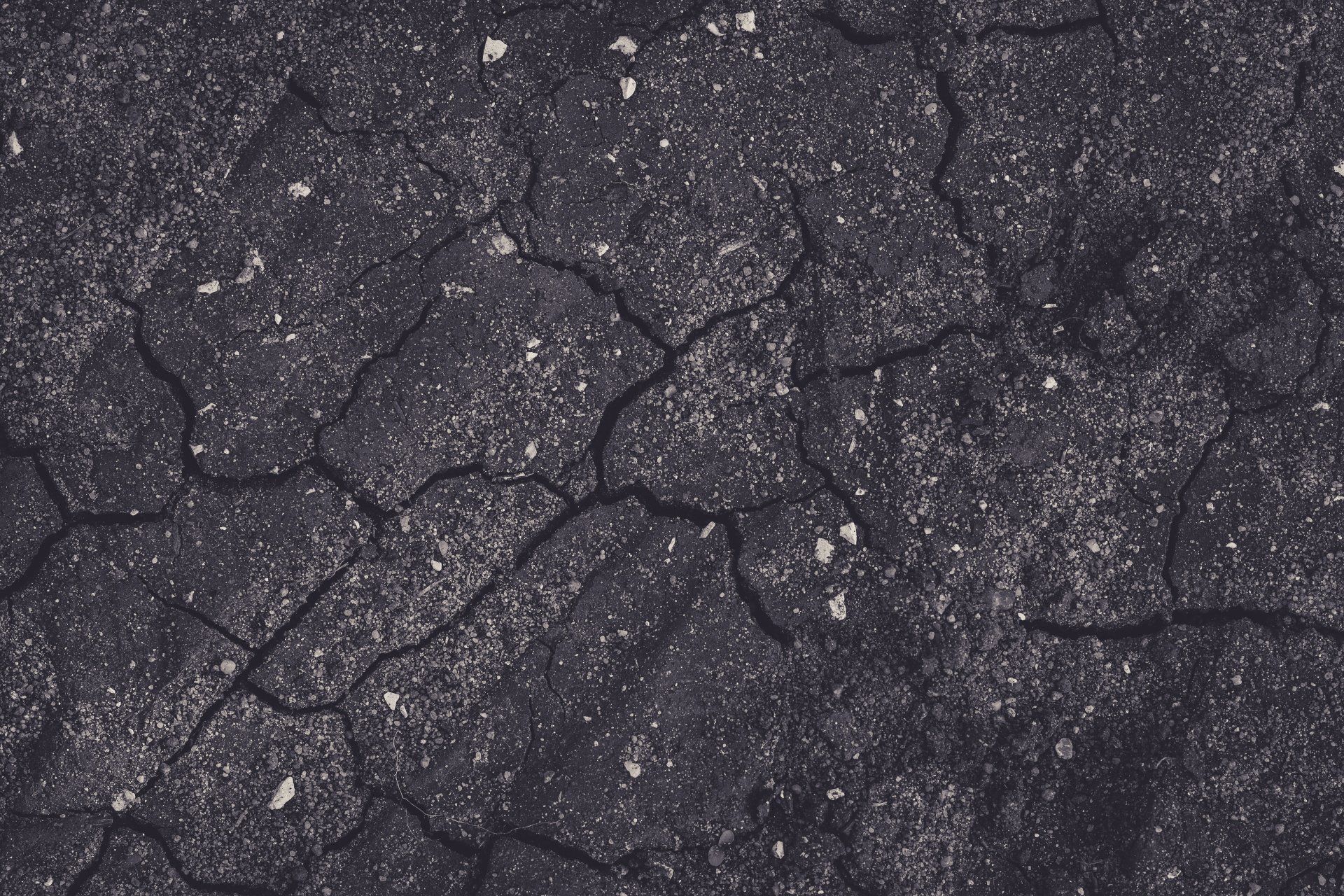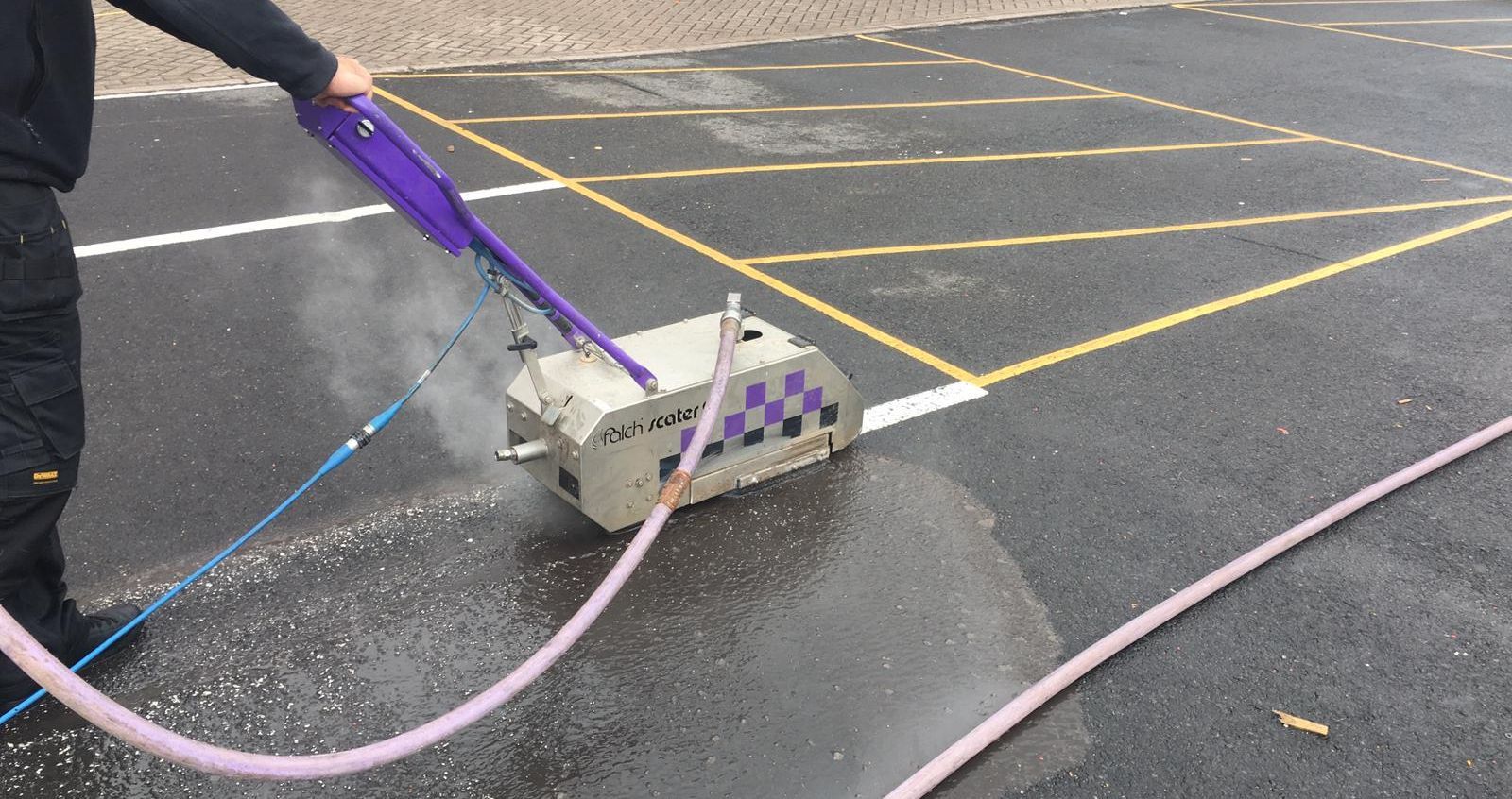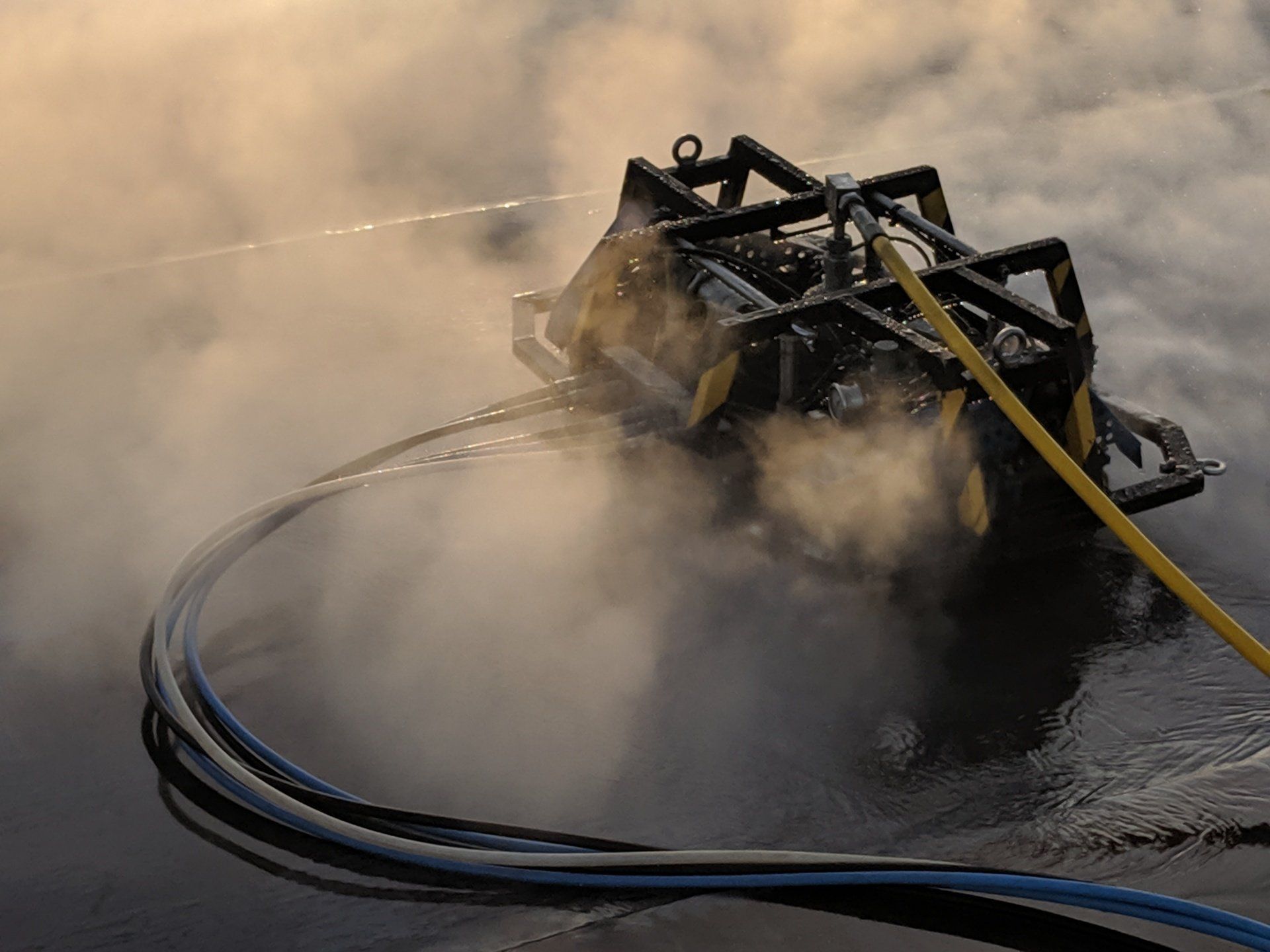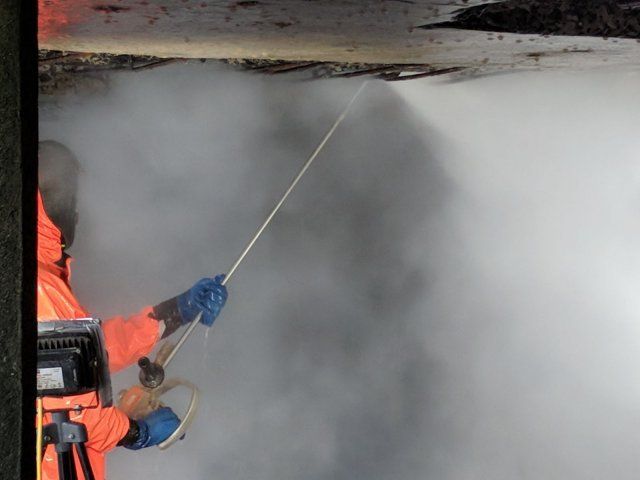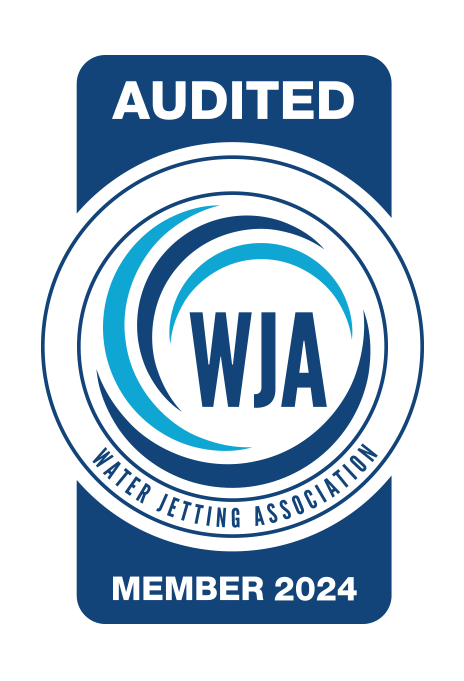What Is Concrete Cancer?
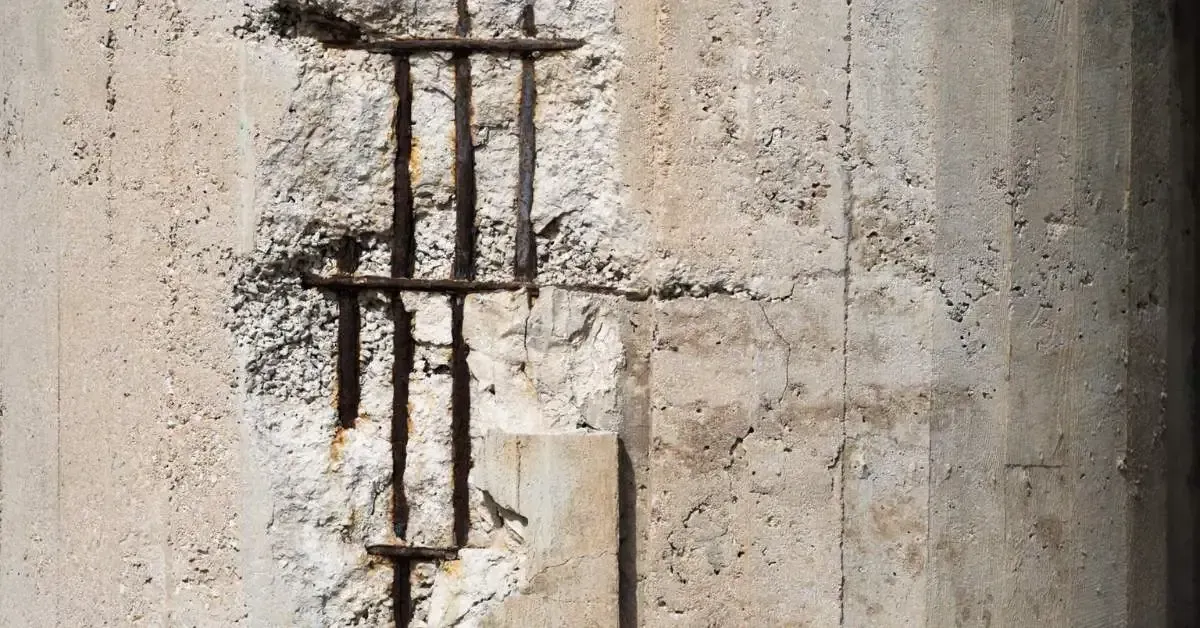
Concrete Cancer Signs
Identifying concrete cancer early is crucial for maintaining the structural integrity of buildings. Key signs and symptoms include:
Delamination and Cracking
One of the most noticeable signs is the delamination of concrete layers, leading to visible cracks. These cracks are not just surface-level but indicate deeper structural issues.
Rust Stains
Look out for rust stains seeping through the concrete. These stains are a clear indicator that the steel reinforcement inside the concrete is corroding, which is the primary cause of concrete cancer.
Spalling
Spalling, or the flaking and breaking off of concrete surfaces, often accompanies concrete cancer. It's a visual clue that the internal structure of the concrete is compromised.
Bulging Concrete
In advanced stages, concrete cancer can cause the concrete to bulge or warp, which is a sign that the internal steel is expanding and displacing the concrete around it
These signs, especially when combined, point towards concrete cancer and require immediate inspection and action to prevent further damage and ensure safety.
Causes of Concrete Cancer
Understanding the primary causes of concrete cancer is essential for effective prevention and treatment. The main factors contributing to this condition include:
Water Ingress
Water penetrating into concrete is a leading cause of concrete cancer. Water ingress causes corrosion of the steel reinforcement, especially when the concrete is cracked or poorly sealed.
Salt-Water Chlorides
In coastal areas or places where de-icing salts are used, chloride ions from salt water accelerate the corrosion process of the steel within the concrete. This is particularly problematic for structures exposed to marine environments such as marinas and docks.
Building Defects
Construction flaws, such as inadequate concrete cover over steel reinforcements, improper placement of rebar, or insufficient curing time, can predispose a structure to concrete cancer. These defects provide an easy pathway for moisture and harmful chemicals to reach the steel.
Weather Conditions
Extreme weather conditions, including freeze-thaw cycles and excessive heat, can exacerbate the deterioration of concrete. These conditions can cause expansion and contraction in concrete, leading to cracks and increased vulnerability to water ingress.
Poor-Quality Concrete
The use of substandard concrete mixtures that lack durability or have an imbalanced pH level can also lead to concrete cancer. Poor-quality concrete is less resistant to environmental stresses and more prone to cracking and water penetration.
By addressing these factors, the risk of concrete cancer can be significantly reduced, ensuring the longevity and safety of concrete structures.
Repairing Concrete Cancer
Effectively repairing concrete cancer involves a systematic approach, often incorporating advanced techniques like
hydro demolition. Here's a step-by-step guide:
1. Assessment &Diagnosis
The first step is a thorough assessment of the affected area to determine the extent of the damage. This involves visual inspection, often followed by more detailed structural assessments.
2. Removing Damaged Concrete
Hydro demolition, a preferred method in the industry, is used for removing damaged concrete. This technique involves using high-pressure water jets to selectively remove deteriorated concrete without damaging the surrounding healthy material. It's efficient, precise, and minimises structural impact.
3. Treating the Steel Reinforcement
Once the damaged concrete is removed, the exposed steel bars are treated. This typically involves removing rust and applying a corrosion inhibitor to protect the steel from further deterioration.
4. Reinforcement & Repair
If necessary, additional reinforcement is added to strengthen the structure. Then, the area is repaired with high-quality concrete or repair mortars. The choice of material depends on the original structure and the extent of the damage.
5. Curing and Sealing
Proper curing of the repaired area is crucial for the longevity of the repair. After curing, the area is often sealed to prevent future water ingress and protect against environmental factors.
6. Quality Check & Monitoring
Finally, a thorough check is conducted to ensure the repair meets the required standards. Regular monitoring of the repaired area is recommended to prevent future occurrences of concrete cancer.
This repair process, especially when incorporating hydro demolition, offers a reliable and effective solution for addressing concrete cancer, ensuring the restored integrity and safety of the structure.
Concrete Cancer Prevention
Preventing concrete cancer is crucial for the longevity and safety of concrete structures. Implementing the following strategies and practices can significantly reduce the risk:
Quality Construction Materials
Use high-quality concrete and steel reinforcement to ensure structural integrity. The right mix and quality of concrete can resist environmental stresses and reduce the likelihood of cracking.
Effective Waterproofing
Waterproofing is essential in preventing water ingress, a major cause of concrete cancer. Apply waterproof coatings or membranes, especially in areas prone to moisture, to protect the concrete from water penetration.
Adequate Concrete Cover
Ensure that there is sufficient concrete cover over the steel reinforcement. This cover acts as a barrier against moisture and harmful chemicals, protecting the steel from corrosion.
Regular Maintenance & Inspections
Conduct regular inspections of concrete structures to identify any signs of damage early. Look for cracks, rust stains, or spalling, which could indicate the onset of concrete cancer.
Promptly Repair Cracks & Damage
Address any signs of damage immediately. Small cracks or defects can allow water and chemicals to penetrate and reach the steel reinforcement, so repairing them promptly can prevent the development of concrete cancer.
Use Corrosion Inhibitors
In areas with high exposure to corrosive elements, consider using corrosion inhibitors in the concrete mix or as a surface application to protect the steel reinforcement.
Environmental Considerations
For structures in coastal or harsh weather environments, additional protective measures should be taken due to the increased risk of concrete cancer.
By adhering to these prevention strategies, the risk of concrete cancer can be significantly mitigated, ensuring the durability and safety of concrete structures in the long term.
Key Takeaways
- Act on Concrete Cancer Early: Recognise the severity of concrete cancer and prioritise its prompt resolution to maintain building safety and integrity.
- Implement Preventive Strategies: Utilise high-quality materials, effective waterproofing, and sufficient concrete cover to reduce concrete cancer risks.
- Conduct Regular Inspections: Regularly check for signs like cracks and rust stains. Early detection leads to timely, cost-effective repairs.
- Respond Quickly to Damage: Immediate action on initial damage signs can prevent concrete cancer progression, saving costs and ensuring safety.
Need a Concrete Repair Specialist?
Contact Ammlee Group today to discuss your needs and discover how our concrete repair contractors can rectify your spalling issues.
